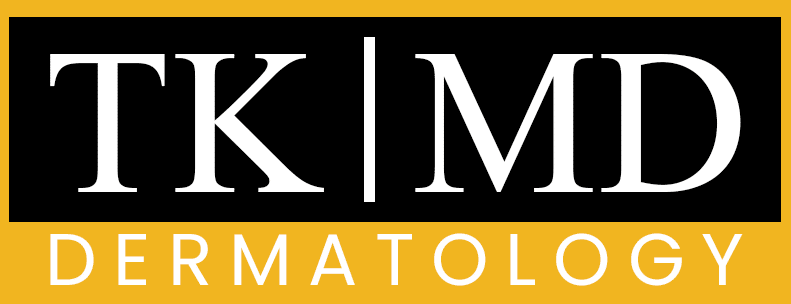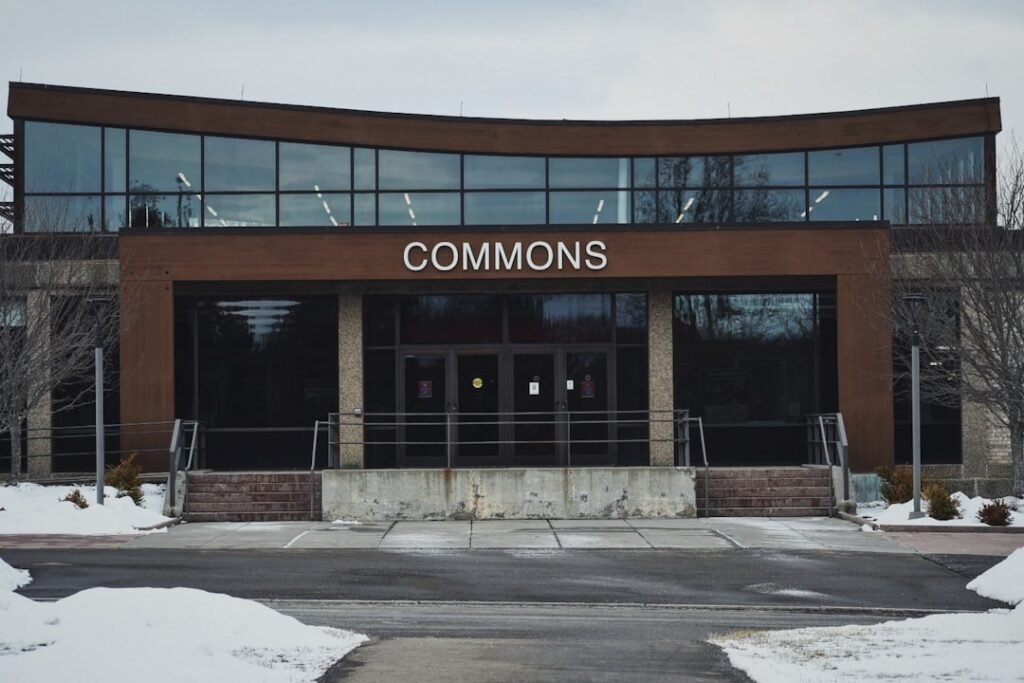Closed comedones, commonly referred to as whiteheads, are a type of acne lesion characterized by small, flesh-colored or white bumps on the skin’s surface. They occur when hair follicles become clogged with excess sebum, dead skin cells, and bacteria.
Unlike open comedones, which are exposed to air and oxidize, resulting in a darkened appearance, closed comedones remain beneath the skin’s surface.
This lack of exposure to air prevents oxidation, leading to their characteristic white or flesh-colored appearance. Closed comedones can be found on various parts of the body, but they are most commonly seen on the face, particularly on the forehead, chin, and cheeks. The formation of closed comedones is a common skin condition that can affect individuals of all ages, although they are particularly prevalent during adolescence due to hormonal changes.
These lesions can be frustrating for those who experience them, as they can contribute to an uneven skin texture and may lead to more severe forms of acne if left untreated. Understanding the nature of closed comedones is essential for effective management and treatment, as well as for developing a comprehensive skincare routine that addresses the underlying causes.
Key Takeaways
- Closed comedones are small, flesh-colored bumps on the skin caused by clogged hair follicles.
- Causes of closed comedones include excess oil production, dead skin cells, and bacteria.
- Closed comedones differ from open comedones in that they have a white or skin-colored bump covering the clogged pore.
- Identifying closed comedones involves looking for small, raised bumps on the skin, often on the face.
- Treatment options for closed comedones include topical retinoids, exfoliants, and professional extraction.
Causes of Closed Comedones
The primary cause of closed comedones is the overproduction of sebum by sebaceous glands in the skin. This excess oil can mix with dead skin cells and other debris, leading to clogged hair follicles. Hormonal fluctuations, particularly during puberty, menstruation, or pregnancy, can significantly increase sebum production, making individuals more susceptible to developing closed comedones.
Additionally, certain medications, such as corticosteroids or hormonal contraceptives, can also influence oil production and contribute to the formation of these lesions. Environmental factors play a crucial role in the development of closed comedones as well. For instance, exposure to high humidity or pollution can exacerbate oiliness and lead to clogged pores.
Furthermore, the use of heavy or comedogenic skincare products—those that are likely to clog pores—can also contribute to the formation of closed comedones. Ingredients such as mineral oil, lanolin, and certain silicones are known culprits that can worsen acne-prone skin. Understanding these causes is vital for individuals seeking to prevent and treat closed comedones effectively.
Difference between Closed Comedones and Open Comedones

Closed comedones and open comedones are both types of acne lesions that arise from clogged hair follicles; however, they differ significantly in their appearance and underlying characteristics. Closed comedones are characterized by their small, white or flesh-colored bumps that remain beneath the skin’s surface. In contrast, open comedones, commonly known as blackheads, have a darkened appearance due to oxidation.
The open follicle allows air to enter, causing the melanin in the trapped sebum to oxidize and turn black. The differences in appearance are not merely cosmetic; they also indicate variations in treatment approaches. Closed comedones may require different interventions compared to open comedones due to their location beneath the skin’s surface.
While both types of comedones can be treated with similar topical agents—such as retinoids or salicylic acid—their extraction methods differ. Open comedones can often be removed through gentle exfoliation or extraction techniques, while closed comedones may require more targeted treatments to encourage their resolution without causing inflammation or scarring.
Identifying Closed Comedones
| Method | Effectiveness | Side Effects |
|---|---|---|
| Salicylic Acid | High | Dryness, Irritation |
| Retinoids | High | Skin peeling, Redness |
| Glycolic Acid | Moderate | Sensitivity, Redness |
Identifying closed comedones involves recognizing their distinct characteristics and understanding how they manifest on the skin. Typically appearing as small, raised bumps that are not inflamed or red, closed comedones can often be mistaken for milia or other skin conditions. They are usually painless and do not exhibit the redness associated with inflammatory acne lesions like papules or pustules.
A close examination of the skin can reveal clusters of these whiteheads, particularly in areas prone to oiliness. To differentiate closed comedones from other skin issues, it is essential to consider their location and texture. Closed comedones often appear on areas with a higher concentration of sebaceous glands, such as the forehead, chin, and nose.
They may feel smooth to the touch but can create an uneven texture when viewed closely. If an individual is uncertain whether they are dealing with closed comedones or another skin condition, consulting a dermatologist can provide clarity and guidance on appropriate treatment options.
Treatment Options for Closed Comedones
Treating closed comedones effectively requires a multifaceted approach that addresses both the symptoms and underlying causes. Topical treatments containing ingredients such as salicylic acid or benzoyl peroxide are commonly recommended for their ability to exfoliate the skin and reduce oiliness. Salicylic acid is particularly effective because it penetrates deep into the pores, helping to dissolve the debris that contributes to clogged follicles.
Benzoyl peroxide works by killing acne-causing bacteria and reducing inflammation. In addition to topical treatments, retinoids—vitamin A derivatives—are often prescribed for their ability to promote cell turnover and prevent the formation of new comedones. These medications can help unclog pores and improve overall skin texture over time.
For individuals with more persistent cases of closed comedones, dermatologists may recommend professional treatments such as chemical peels or microdermabrasion. These procedures can provide deeper exfoliation and help clear out clogged pores more effectively than at-home treatments alone.
Prevention of Closed Comedones

Consistent Cleansing Routine
A tailored cleansing regimen is essential, with a gentle cleanser used twice daily to remove excess oil and impurities without stripping the skin of its natural moisture barrier.
Product Selection and Exfoliation
It is crucial to choose non-comedogenic products that do not contain pore-clogging ingredients. Regular exfoliation is also vital, with chemical exfoliants like alpha-hydroxy acids (AHAs) or beta-hydroxy acids (BHAs) helping to remove dead skin cells and prevent accumulation in hair follicles.
Balanced Diet and Avoiding Over-Exfoliation
A balanced diet rich in antioxidants and omega-3 fatty acids supports overall skin health and reduces inflammation. However, it is important not to over-exfoliate, as this can lead to irritation and exacerbate acne issues.
Skincare Routine for Closed Comedones
A well-structured skincare routine is vital for managing closed comedones effectively. The first step involves cleansing the skin with a gentle foaming or gel-based cleanser that targets excess oil without causing dryness. Following cleansing, incorporating a toner containing salicylic acid can help further unclog pores and prepare the skin for subsequent treatments.
After toning, applying a lightweight moisturizer is essential—even for oily skin types—since hydration helps maintain the skin’s barrier function. Opting for non-comedogenic moisturizers ensures that hydration does not come at the expense of pore-clogging ingredients. Additionally, incorporating a retinoid product into the evening routine can significantly enhance cell turnover and prevent new closed comedones from forming.
Sunscreen application during the day is equally important; using a broad-spectrum SPF 30 or higher protects against UV damage while preventing post-inflammatory hyperpigmentation that may occur from acne lesions.
Regularly reassessing one’s skincare routine based on seasonal changes or shifts in skin condition is also beneficial for maintaining clear skin.
When to Seek Professional Help for Closed Comedones
While many individuals can manage closed comedones with over-the-counter treatments and a consistent skincare routine, there are instances when professional help becomes necessary. If closed comedones persist despite diligent home care efforts or if they begin to evolve into more severe forms of acne—such as cystic acne—it is advisable to consult a dermatologist. A healthcare professional can provide tailored treatment options based on individual skin types and concerns.
Additionally, if closed comedones are accompanied by significant inflammation, pain, or signs of infection—such as pus-filled lesions—it is crucial to seek medical advice promptly. Dermatologists can offer advanced treatments such as prescription medications or procedures that may not be accessible through standard over-the-counter options. Early intervention can prevent further complications and promote healthier skin in the long run.
If you are dealing with closed comedones, also known as whiteheads, you may want to consider seeking advice from a dermatologist like Dr. Trisha Khanna. In a related article on her website, Dr. Khanna discusses the importance of protecting your skin with Molesafe, a comprehensive skin cancer screening program. By taking proactive steps to protect your skin, you can prevent issues like closed comedones and potentially more serious skin conditions. To learn more about Dr. Khanna’s approach to skin health, you can read testimonials from her satisfied patients here.
FAQs
What are closed comedones?
Closed comedones, also known as whiteheads, are a type of acne lesion that occurs when a hair follicle becomes clogged with oil and dead skin cells. The pore remains closed at the surface, creating a small, flesh-colored bump.
What causes closed comedones?
Closed comedones are caused by a combination of excess oil production, dead skin cells, and bacteria that clog the hair follicles. Hormonal changes, certain medications, and genetics can also contribute to the development of closed comedones.
How can closed comedones be treated?
Treatment options for closed comedones include topical retinoids, salicylic acid, benzoyl peroxide, and exfoliating products. In some cases, a dermatologist may recommend extraction or prescription medications to help clear the skin.
Are there any home remedies for closed comedones?
Some home remedies for closed comedones include using gentle exfoliants, such as a scrub or a chemical exfoliant, and applying products with salicylic acid or benzoyl peroxide. It’s important to be cautious with home remedies and consult a dermatologist before trying any new treatments.
Can closed comedones lead to other types of acne?
If left untreated, closed comedones can develop into other types of acne lesions, such as open comedones (blackheads), papules, pustules, or cysts. It’s important to address closed comedones early to prevent the progression of acne.


